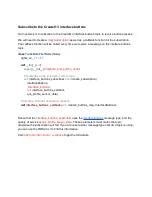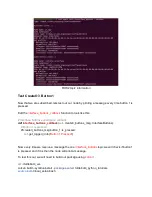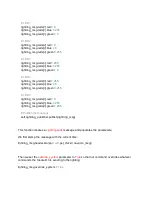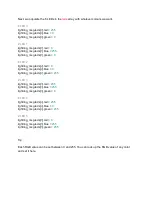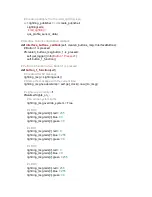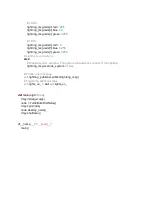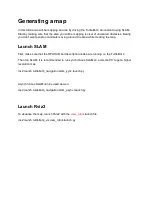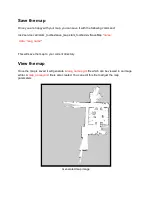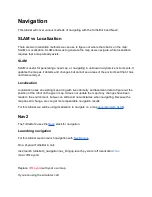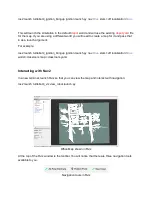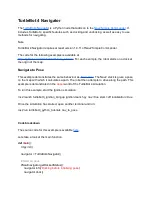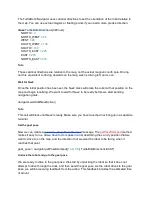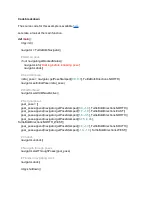
Navigation
This tutorial will cover various methods of navigating with the TurtleBot 4 and Nav2.
SLAM vs Localization
There are two localization methods we can use to figure out where the robot is on the map:
SLAM or Localization. SLAM allows us to generate the map as we navigate, while localization
requires that a map already exists.
SLAM
SLAM is useful for generating a new map, or navigating in unknown or dynamic environments. It
updates the map as it detects and changes, but cannot see areas of the environment that it has
not discovered yet.
Localization
Localization uses an existing map along with live odometry and laserscan data to figure out the
position of the robot on the given map. It does not update the map if any changes have been
made to the environment, but we can still avoid new obstacles when navigating. Because the
map doesn't change, we can get more repeatable navigation results.
For this tutorial, we will be using localization to navigate on a map
Nav2
The TurtleBot 4 uses the
stack for navigation.
Launching navigation
For this tutorial we can launch navigation with
.
On a physical TurtleBot 4, call:
ros2 launch turtlebot4_navigation nav_bringup.launch.py slam:=off localization:=
true
map:=office.yaml
Replace
office.yaml
with your own map.
If you are using the simulator, call:
Summary of Contents for TurtleBot 4 Lite
Page 50: ...Running the Light Ring test...
Page 61: ...Adding Displays in Rviz2...
Page 63: ...Camera image displayed in Rviz2...
Page 82: ...TurtleBot 4 Lite with a NED2 arm...
Page 147: ...Color camera diagnostics...

